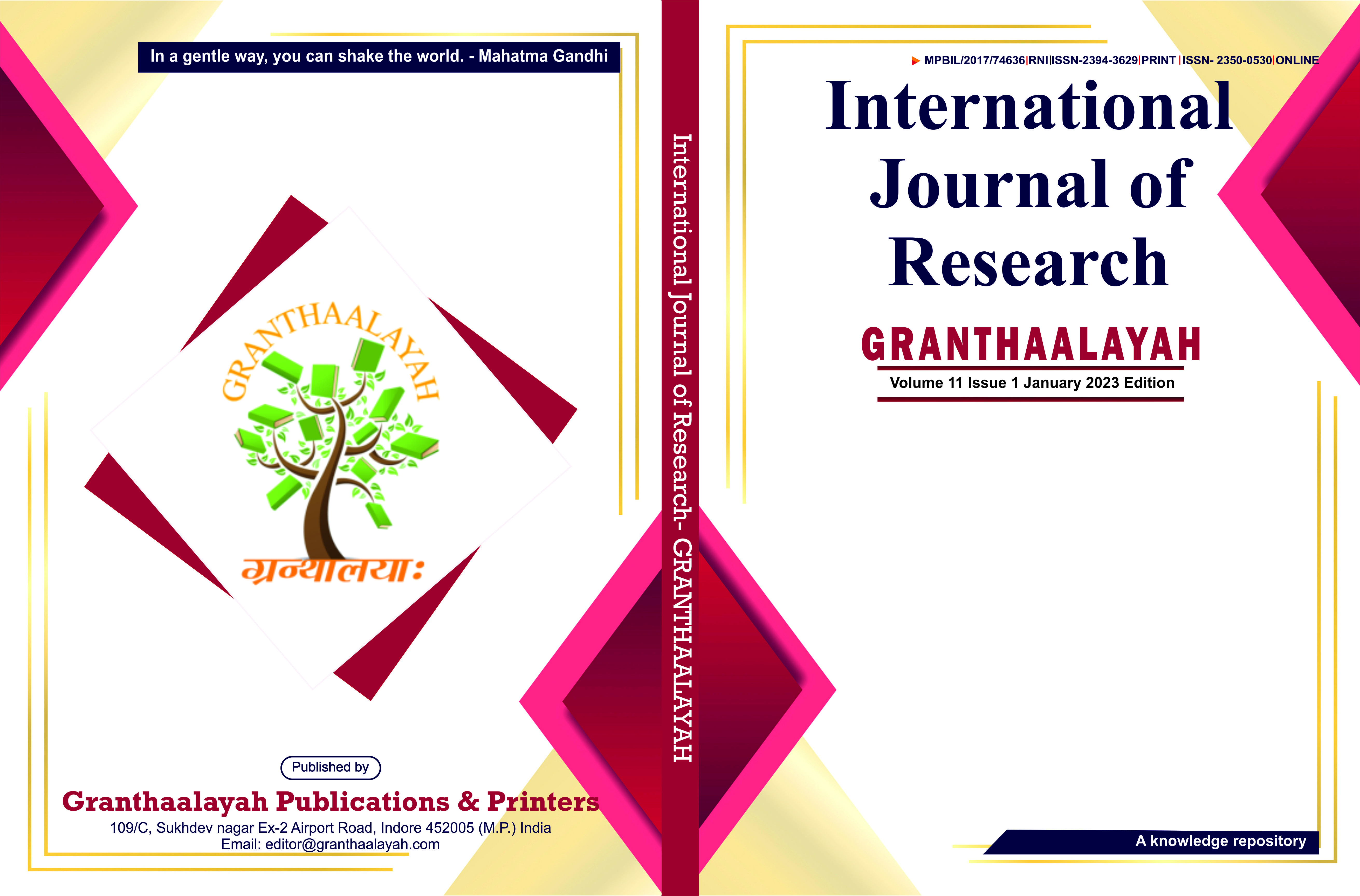A NEW PHYSICS THEORY ABOUT THE KINETIC FORCE MECHANISM OF ENERGY FLOW
DOI:
https://doi.org/10.29121/granthaalayah.v11.i1.2023.4988Keywords:
Kinetic Force Mechanism, Energy Flow Law, Power Flow, Power Change, Dynamic Field Force, Variable Field Force, Kinetic Force, Dynamic Field Strength, Variable Field Strength, Electromagnetic Field, Gravitational FieldAbstract [English]
In this paper, according to the characteristics of massless field, the kinetic force mechanism based on the flow and variation effects of power is firstly proposed. This mechanism shows that when the massless field is moving and changing, the power received by the moving stressed object have flowing and changing state, therefore when this type of power is transferred to the stressed object in the form of energy flow, the stressed object will receive the kinetic force effects corresponding to the energy flow. According to the kinetic force mechanism, this paper has proposed the concepts of dynamic field force and variable field force and has established the expressions of dynamic field strength and variable field strength for the massless field with moving and changing state. Inspired by the kinetic force mechanism, some physical problems have been solved: the magnetic effect of electric field is essentially explained, the condition under which electromagnetic waves are excited is effectively described, the possible dynamics of the gravitational field under the conditions of motion and change is predicted, the possibility and generation mechanism of gravitational waves is demonstrated.
Downloads
References
Bhat, P. C., and Taylor, G. N. (2020). Particle Physics at Accelerators in the United States and Asia. Nature Physics, 16(4), 380–385. https://doi.org/10.1038/s41567-020-0863-3. DOI: https://doi.org/10.1038/s41567-020-0863-3
Callahan, J. (2000). James, The Geometry of Space-Time : An Introduction to Special and General Relativity. Springer. DOI: https://doi.org/10.1007/978-1-4757-6736-0
Hey, T., and Walters, P. (2009). The New Quantum Universe. Cambridge University Press.
Lederman, L. M. (1989). Observations in Particle Physics from Two Neutrinos to the Standard Model, science, 244, 4905. https://doi.org/10.1126/science.244.4905.664. DOI: https://doi.org/10.1126/science.244.4905.664
Ma, H. (2017). A Method for Deriving Quantum Dynamic Equations from Classical Mechanics. American Journal of Physics and Applications, 5(6). https://doi.org/10.11648/j.ajpa.20170506.11. DOI: https://doi.org/10.11648/j.ajpa.20170506.11
Ma, H. (2017). A Physical Explanation on Why Our Space is Three Dimensional. American Journal of Modern Physics, 6(6). https://doi.org/10.11648/j.ajmp.20170606.12. DOI: https://doi.org/10.11648/j.ajmp.20170606.12
Ma, H. (2018). Quantization Principles Based on the Shielding Effect and Planck Constant in Gravitational Fields. American Journal of Modern Physics, 7(4). https://doi.org/10.11648/j.ajmp.20180704.12. DOI: https://doi.org/10.11648/j.ajmp.20180704.12
Ma, H. (2020). A Theoretical Explanation on Gell-Mann-Nishijima Formula with Singular Number and the Establishment of Lepton Quantum Number Constrained Equation. American Journal of Modern Physics, 9(6). https://doi.org/10.11648/j.ajmp.20200906.12. DOI: https://doi.org/10.11648/j.ajmp.20200906.12
Ma, H. (2020). Unimodular Matrix with Layered Compound Structure and its Transformation Theory, mathematics letters, 6(1). https://doi.org/10.11648/j.ml.20200601.11. DOI: https://doi.org/10.11648/j.ml.20200601.11
Ma, H. (2022). Some Physical Laws Such as Constant Speed of Light Can Be Explained According to the Principle that any Matter Must Have Finite Energy. International Journal of Research -GRANTHAALAYAH, 10(9), 1–13. https://doi.org/10.29121/granthaalayah.v10.i9.2022.4767. DOI: https://doi.org/10.29121/granthaalayah.v10.i9.2022.4767
Morgan, D., and Pennington, M. R. (1987). Pole Structures in Nuclear and Particle Physics. Physical Review Letters, 59(24), 2818. https://doi.org/10.1103/PhysRevLett.59.2818. DOI: https://doi.org/10.1103/PhysRevLett.59.2818
Ramos, R., Spierings, D., Racicot, I., and Steinberg, A. M. (2020). Measurement of the Time Spent by a Tunnelling Atom within the Barrier Region. Nature, 583(7817), 529–532. https://doi.org/10.1038/s41586-020-2490-7. DOI: https://doi.org/10.1038/s41586-020-2490-7
Published
How to Cite
Issue
Section
License
Copyright (c) 2023 Hua Ma

This work is licensed under a Creative Commons Attribution 4.0 International License.
With the licence CC-BY, authors retain the copyright, allowing anyone to download, reuse, re-print, modify, distribute, and/or copy their contribution. The work must be properly attributed to its author.
It is not necessary to ask for further permission from the author or journal board.
This journal provides immediate open access to its content on the principle that making research freely available to the public supports a greater global exchange of knowledge.

























